THE verdict is in. High electricity prices are here to stay and nowhere is the pressure more acute than in drought-stricken rural NSW. Producers are battling the growing pains of a slow shift away from fossil fuels and baffling power bills. But faced with soaring rises, many farmers are calling in energy consultants in a bid to take back control.
Peter West, who with his brother Tim runs cherry and apple business Westcastle Partnership near Orange in the NSW Central Tablelands, is one of those.
“Six or seven years ago, electricity didn’t feature in our business thinking so much, whereas now it’s critical. It’s the difference between being competitive or not.”
For the West family, the squeeze of rising electricity prices has been partially offset by the steps they’ve taken to reduce their energy use through irrigation pump and refrigeration upgrades, as well as transitioning to LED lighting in their sheds.
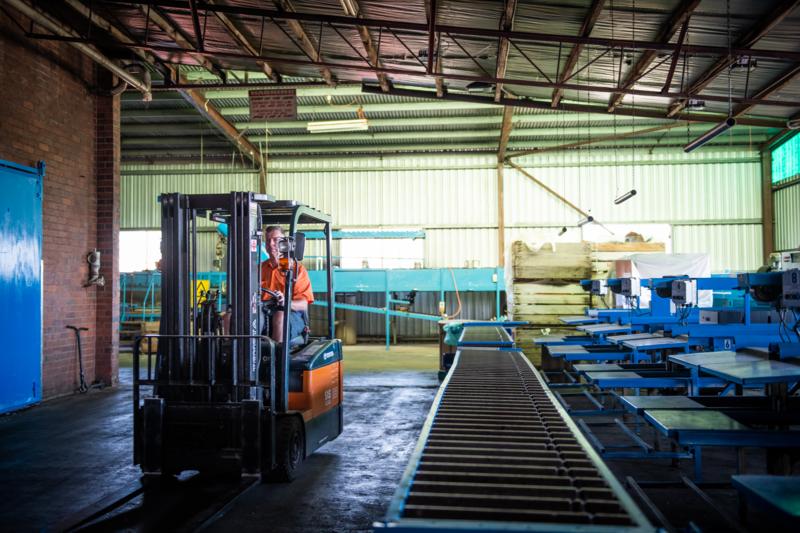 Peter at work in the newly upgraded shed where they process all their cherries and apples.
Peter at work in the newly upgraded shed where they process all their cherries and apples.
The family business produces about 150 tonnes of cherries and between 2,200 and 2,500 tonnes of apples a year. Three compressors run refrigeration across seven cool storage rooms.
However, when last financial year’s electricity bill peaked at $61,000, the Wests decided it was time to distance themselves further from the increasingly vicious market conditions. “Our accountant recommended a serious look at solar,” says Peter.
RELATED ARTICLES ON SOLAR POWER:
-
Solar panels on farm dams set to cut energy costs
-
Why solar stacks up for farmers
-
Solar power: the sky’s the limit
A 60kW solar system, mounted on two separate north-facing areas of roof on the Wests’ packing shed late last year, started to pay its way this February at the start of the apple season. The solar system, installed by local company Hybrid Power Systems, cost $65,454 after a small-scale technology certificates rebate of $39,096. It is expected to bring annual savings of approximately $13,700 excluding GST, with an estimated payback period of just under five years, based on 75% self-consumption and 25% exported into the grid.
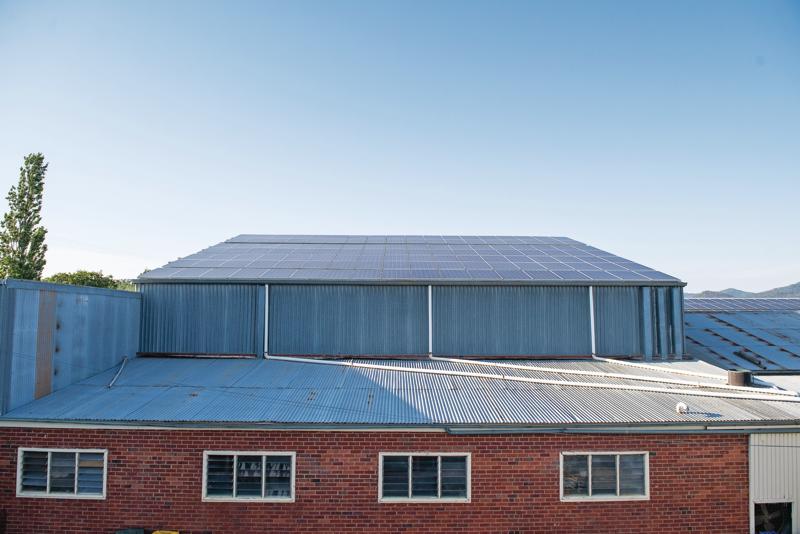 Solar panels on the shed roof at Peter West’s property.
Solar panels on the shed roof at Peter West’s property.
The investment, slightly greater than an entire year’s electricity costs, is a timely one for the Wests. Last year, the Grattan Institute released
Mostly Working: Australia’s Wholesale Electricity Market, a report that found wholesale electricity prices had risen across the National Electricity Market (NEM) by 130% between 2015 and 2017.
The report found a trifecta of issues: the closure of old, low-cost coal-fired power stations; a spike in the price of key inputs like gas and black coal; and major electricity generators (legally) using their power in concentrated markets to create artificial scarcity of supply and force prices up – a practice known as gaming. The conclusion was stark: “Wholesale electricity prices are very unlikely to return to previous levels of around $50 per megawatt hour.”
RELATED:
Why on earth is energy so expensive?
Dr Mark Byrne, an energy market advocate at Sydney-based Total Environment Centre, confirms it will be a difficult transition. “Long term, it’s very likely energy will be significantly cheaper, it’s just over the next 10 to 20 years, as we’re going through this rapid transition from coal to renewables, there is going to be a lot of extra expense,” he says. “It’s inevitable, this painful period we have to go through along the way.”
But that’s not to say that policy action doesn’t have the power to mitigate some of this pain.
Farmers let down by government over energy costs
“I think regional and rural users have been let down by politicians and policy makers on energy,” says NSW Farmers’ chief economist Ash Salardini following the collapse of the Turnbull government’s National Energy Guarantee.
“We’ve probably had six or seven iterations of an energy policy over the past four years and have failed to reach a decision. There’s been no policy addressing affordability for the past decade.”
Ash says action to reduce network costs, which hit remote users harder than urban consumers, could make a real difference. He says another Grattan Institute report,
Down to the Wire: A Sustainable Electricity Network for Australia, included recommendations that would help regional NSW.
“The Grattan report suggested that on the Essential Energy network, the main network for regional NSW, there were $3.3 billion of unutilised assets,” he says. “Yet there’s regulatory revenue flowing from that, which consumers pay. If the NSW government wanted to, they could slowly writedown some of those assets, and eventually you’d see a quarter of a billion dollars wiped off the energy bills of regional consumers.”
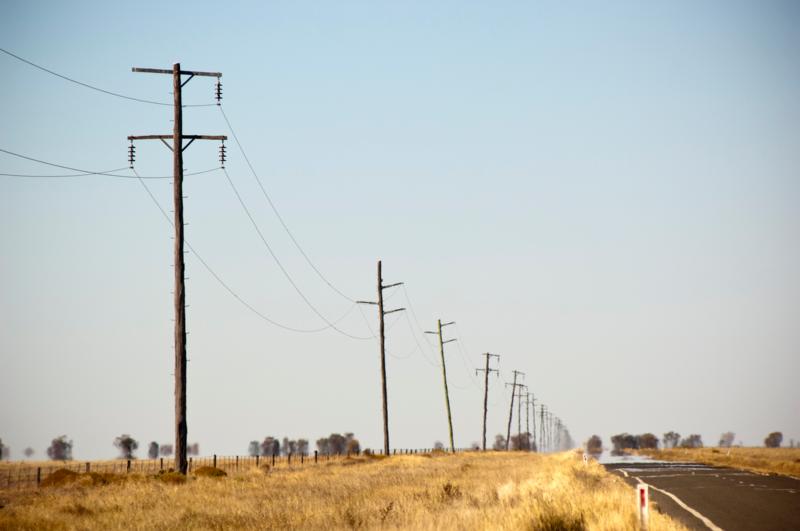 There are $3.3 billion of unutilised assets on the regional NSW energy network. Source: Getty Images.
There are $3.3 billion of unutilised assets on the regional NSW energy network. Source: Getty Images.
According to TransGrid, the manager and operator of the high-voltage electricity transmission network in NSW and the ACT, “The component of a bill which comes from electricity networks (the poles and wires) has declined by about 15%, and network prices in NSW have been decreasing for the past six years.”
But the Grattan Institute warns the gaming of prices by electricity generators, primarily in Queensland and South Australia, could emerge in NSW “as supply tightens with the scheduled closure of the Liddell coal-fired power station in 2022”.
Alternative energy solutions a must
Total Environment Centre’s Mark Byrne says only so much life can be wrung out of the old coal plants before there is no alternative but to retire them. “It’s inevitable in terms of the need to move to lower emissions, plus an economic must in the sense that in the long term it will be cheaper,” he says.
Transmission networks – the big, high-voltage power lines, not to be confused with the smaller poles and wires that make up a distribution network – are focused on the transition to large-scale renewables, “which is going to be hugely expensive,” warns Mark.
He says part of the adjustment will be more of an emphasis on decentralised energy as a complement to the centralised system, including better equipping networks for the two-way energy flow from renewables. “The leader in this is South Australia, given they’ve got about 30% of households on solar, where over the whole network at times there’s a negative flow, with power coming back the other way. The whole electricity system is very complex.”
As a consumer, Peter West says this complexity pervades all business dealings with electricity supply. “Generally power bills – unless you’re an expert – are very hard to read. I have tried to sit down and decipher them, but you really need to know the terminology,” he says.
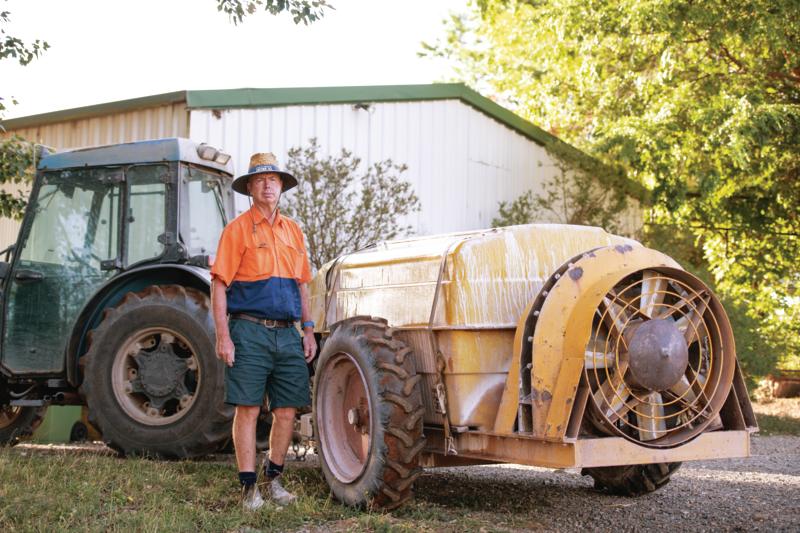 Fifth-generation orchardist Peter West turned to solar after his energy bills continued to soar.
Fifth-generation orchardist Peter West turned to solar after his energy bills continued to soar.
“It’s irritating. We find with some of the irrigation pumps, the [fixed] availability charges are quite steep. We’re charged just having them sit there. It can be hard to know what you can do. Regional and rural users have been let down by politicians and policy makers on energy.”
Regional and rural electricity users pay 25% more than those in urban areas, according to NSW Farmers’ election FOCUS on electricity. Find out more HERE.
Dairy farmer pushes for alternative energy options
Dairy farmer Julie Moore, based in Dorrigo in North Coast NSW, flummoxed a solar consultant who visited her property on a warm, foggy day.
“In the summertime, Dorrigo is notorious for fog. The longest I’ve ever counted was 12 days straight when it was on us day and night,” she says. “Thankfully this fellow visited on a day the fog was in. He couldn’t see the sense in us outlaying the money for solar.”
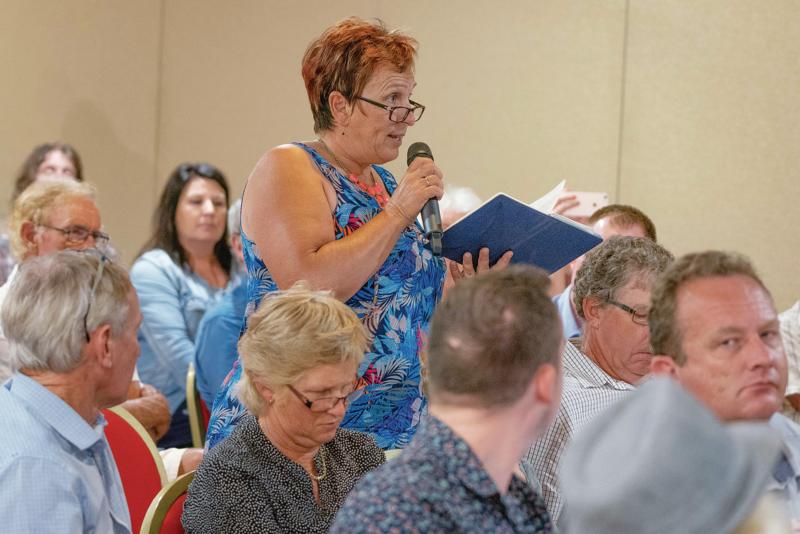 Dorrigo dairy farmer Julie Moore asking questions about energy at a State election forum in Lismore. Photo by: Paul Broban.
Dorrigo dairy farmer Julie Moore asking questions about energy at a State election forum in Lismore. Photo by: Paul Broban.
When the Moores moved to Dorrigo in 2002, Julie recalls a power bill of $1,200 a quarter. By 2014, that had climbed to $4,500 a quarter. After an electricity audit and subsequent upgrade to their plant and machinery, their bills are once more manageable at $2,500 a quarter.
“We’re lucky,” says Julie, who hopes to keep growing her herd of 150 Guernsey and Holstein cows. “We live in a high rainfall area, and don’t need to irrigate. Even though we’re drought-declared, it’s not to the desperate extent of people just three hours away in Tamworth.”
Nonetheless, feed costs have gone up considerably and will continue to rise. “We’re not at crisis point yet, but it would be nice to think that the government won’t be just one-track pushing solar, and might put some money out there to help producers like us make use of hydro.”
Dorrigo ticks the boxes for hydro-electricity
Julie’s wish may be answered, as local hydro advocate Peter Lynch pursues new opportunities in a town with a strong hydro history. Peter, a mechanical engineer, is treasurer of the Dorrigo Chamber of Commerce and with his wife Salena Bryce runs Pelena Energy, which designs and manufactures micro-hydroelectric turbines for export to Melanesia.
“A few years ago, with support from the NSW government, we formalised a study that showed significant run-of-river hydro potential in the Dorrigo Plateau,” says Peter, who stresses run-of-river, which harvests energy from flowing water without storing water in dams, would not consume any water or impact fish passage.
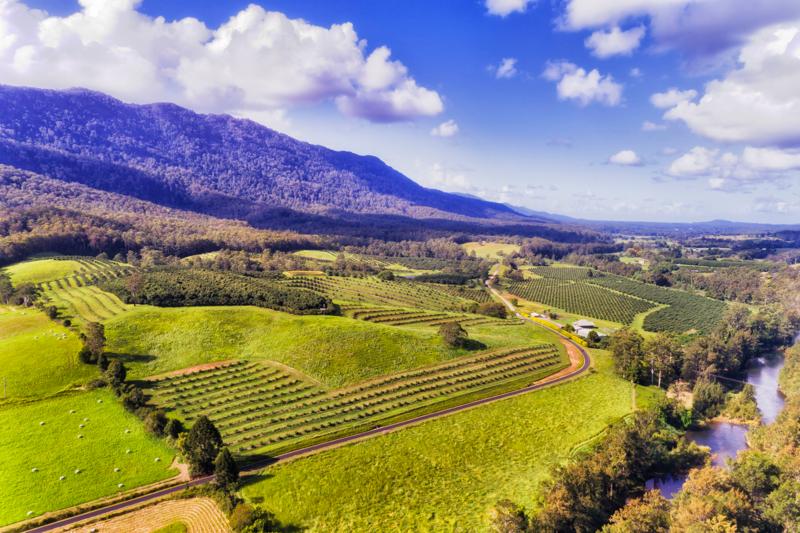 The picturesque Dorrigo plateau shows significant potential in regards to suppling hydro power. Source: Getty Images.
The picturesque Dorrigo plateau shows significant potential in regards to suppling hydro power. Source: Getty Images.
With strong support from the state government, including local member Melinda Pavey, Peter plans to set up a number of demonstration sites. “The purpose of these is to get some real data which can then feed into developing a policy for non-extractive hydroelectric development in NSW.”
Peter says the state is a long way behind Victoria, Tasmania and Queensland in promoting non-extractive hydro.
“We’re also trying to develop the Dorrigo Energy Centre. We’re in negotiations to buy the land where the original hydro weir from 1922 was built. Dorrigo is unique in that not only does it have the altitude, plus high rainfall and good streamflow, but all the streams leave the plateau via waterfalls. What’s frustrating to me is that east coast hydro potential is being largely ignored.”
According to rainfall data analysed by his engineer, Peter says, 42% of the state’s rain falls on just 17% of land area, east of the Great Dividing Range. However 92% of hydroelectricity production occurs on “the dry side”.
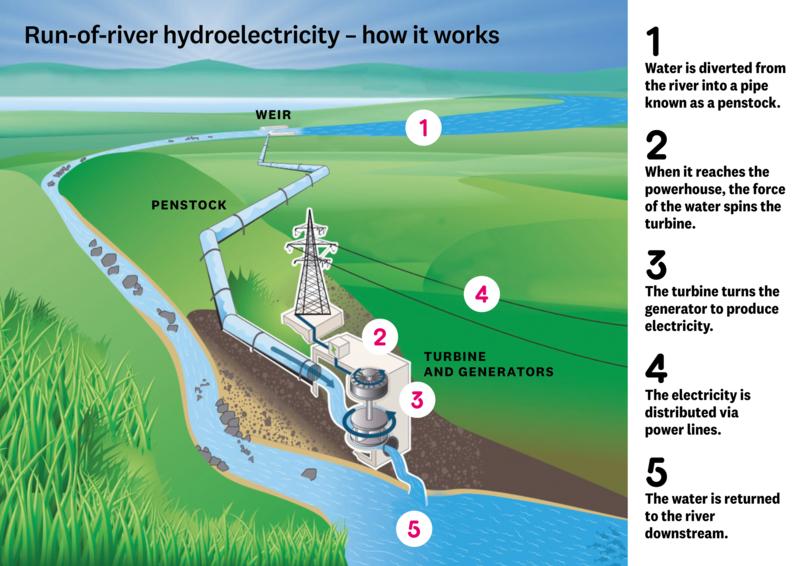 How hydroelectricity would work in a place like Dorrigo.
How hydroelectricity would work in a place like Dorrigo.
“Looking at historic flow rates, the amount of power that could be generated exceeds the capacity of the Dorrigo grid,” says Peter. Run-of-river hydro, in conjunction with pumped, off-stream storage would, he says, have strong applications for dairy farmers because they are typically milking during the morning and afternoon peak times.
“A lot of farmers around here hit their peak demand when they turn their pumps on. If they get a fixed monthly charge on the maximum power they have hit, it could simply be that the pump’s running and someone turns the kettle on. It will cost them $30 for that kettle to be turned on because it’s peaking their monthly power demand. It’s the demand charge that’s really knocking a lot of farmers.
“In my experience, there is a lot of confusion around the very words power, energy and electricity.”
“Energy turns the meter over, but power is the rate at which something is generating energy.”
It’s a small thing, he says, but better understanding the language of electricity will help consumers grasp the challenges they face, and how they can respond.